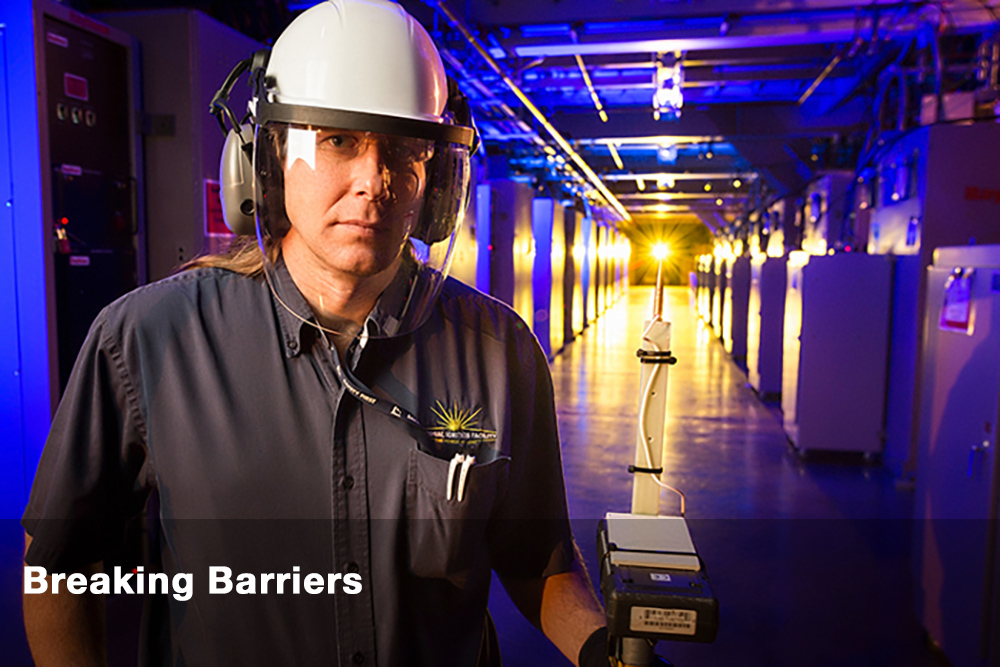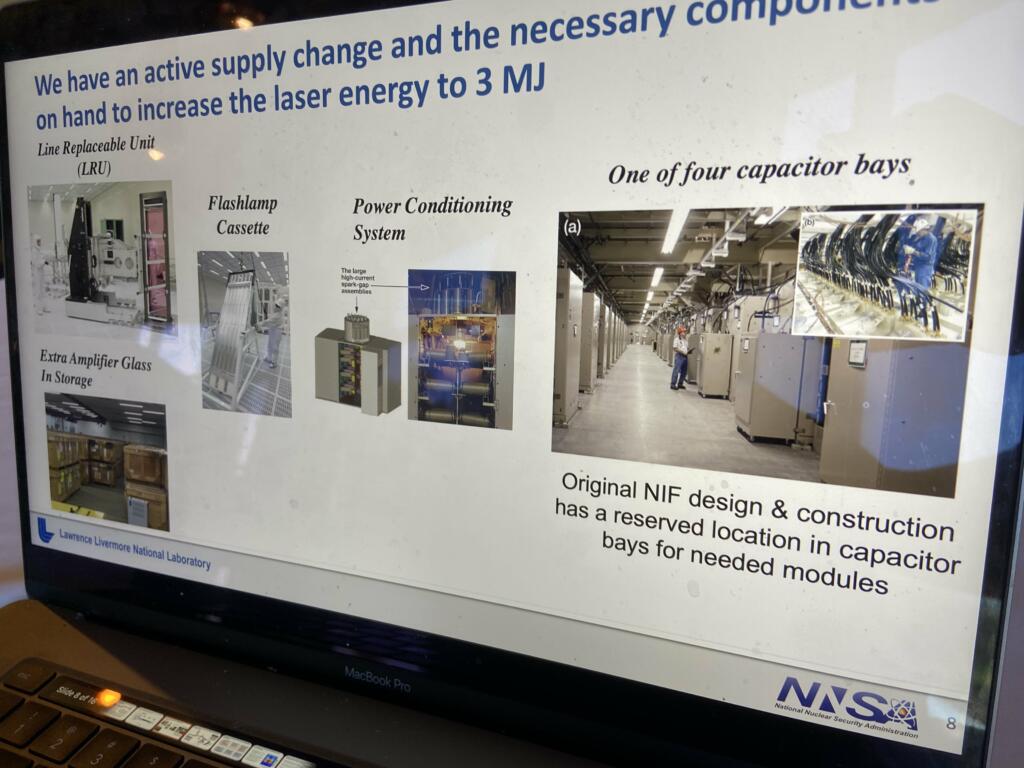Now Reading: Livermore Achieves 4X Energy Gain in Laser Fusion Breakthrough
-
01
Livermore Achieves 4X Energy Gain in Laser Fusion Breakthrough
Livermore Achieves 4X Energy Gain in Laser Fusion Breakthrough

Quick summary
- lawrence Livermore National Laboratory (LLNL) achieved its eighth successful ignition experiment using laser fusion in April 2025.
- The experiment delivered 8.6 megajoules (MJ) of energy output from an input energy of 2.08 MJ,demonstrating over 4X energy gain.
- LLNL plans further advancements, including increasing laser power to 2.6 MJ and 3 MJ for higher gains:
– At 2.6 MJ: Potential output of 10-20MJ or more (estimated by 2027).
– At 3 MJ: Potential output exceeding 30+MJ (estimated by ~2030).
- Further theoretical projections suggest gains up to 10-12X at 2.6MJ and 20-30X at 3MJ, contingent on scientific improvements.
- facility limitations exist; if results exceed expectations substantially, upgrades would be needed due to excessive radiation generation.
indian Opinion Analysis
This breakthrough in laser fusion technology marks a notable step toward achieving clean and sustainable nuclear energy globally, potentially impacting India’s strategic interests in renewable technologies. Fusion energy promises minimal environmental impact compared to conventional nuclear reactors as it generates no long-term radioactive waste.
For India-a country actively pursuing renewable solutions to meet its growing energy demands-developments like these may inspire greater focus on advancing domestic research in similar fields,particularly given the global race for clean energy dominance. While India does not yet have facilities capable of replicating LLNL’s achievements, collaboration with international partners could accelerate progress.
However,it remains crucial to temper expectations as such milestones require years of scientific effort and high initial investment. Policymakers should assess feasibility while keeping sight of other complementary technologies already further along the implementation phase domestically (e.g., solar and wind).
























